Soaking pepper seeds before planting
Preparing planting material for sowing is an important step in growing vegetables, and especially a crop such as pepper. When sown dry, pepper seeds germinate for a very long time, and at temperatures below 20 degrees they may not germinate at all. The thing is that in the dormant state they contain inhibitors - these are substances that prevent premature germination. When sown in moist soil, these substances gradually dissolve, and the germination process begins. But it can be accelerated by using the soaking procedure.
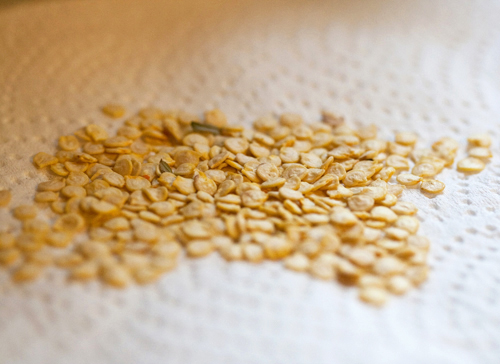
Soaking pepper planting material has many benefits:
- The sprouting time is significantly reduced.
- With normal sowing, seedlings do not appear at the same time, and their appearance is significantly extended in time. After soaking, they appear together.
- Unsuitable seeds can be discarded and thus used 100% of the seedling containers.
- When soaking, in contrast to direct sowing in the ground, germination is controlled, and you can select seeds with the largest and strongest shoots, which will positively affect the development of seedlings.
- Processing can be carried out in special solutions. Stimulating ones will accelerate the emergence of seedlings and prepare future plants for stress and adverse conditions. Disinfectants will free the planting material from pathogens.
The soaking procedure consists of the following stages: disinfection, soaking or bubbling, and germination.
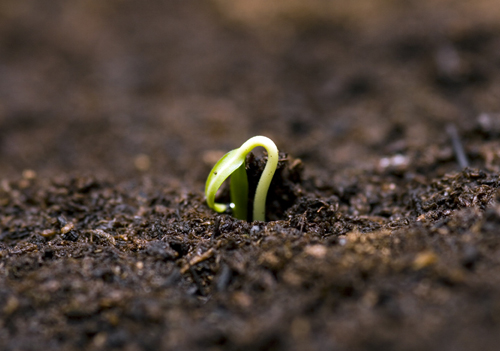
Disinfection
Disinfection of the planting material of pepper (or, in another way, etching) is done in a solution of potassium permanganate (potassium permanganate). Heat treatment to get rid of infection, as for tomato seeds, should not be carried out. At high temperatures, germination deteriorates faster than infection is cleared. And potassium permanganate disinfects planting material without loss of germination. If the seeds are purchased and the bag says that they have been processed, they do not need to be etched, they are only germinated. For the rest, etching is mandatory, regardless of whether they were bought in a store or at home. For processing, you need to prepare a 1% solution (dissolve 1 g of potassium permanganate in 100 ml of water). If there are no scales, you can measure the required amount of potassium permanganate in a simple way. Take a teaspoon, pour potassium permanganate into it without a slide and dilute in 3 glasses of water, this will be a 1% solution. The seeds must be placed in the solution for 20 minutes. The water should be warm, 30-35 degrees, while the planting material heats up and its ability to germinate increases. After etching, you need to cover the container with gauze and drain the solution, while the seeds will remain in the container. They are well washed under running water and after that they proceed to soaking or germination.

Soak
Soaking the planting material of the peppers is done after pickling. The procedure consists in the fact that the seeds are immersed in water for 18 hours, while they swell, and inhibitors that prevent germination are dissolved in the water. If the seeds are dry, they do not need oxygen during the procedure, and they will not suffocate. It is better to use "live" water for soaking - thawed or rainwater. Such water is biologically active; when soaked in "living" water, the germination energy increases. If several varieties need to be soaked, each variety is placed in a separate natural fabric bag. It is convenient not to tie the ends of the bag, but to fix it with a paper clip, then it is much easier to open them. A tag with the name of the variety clings to each bag.
When processing planting material, you can use not just water, but a solution of stimulants - epin, zircon or aloe juice.
Soaking in epine will increase germination, and a plant that has grown from such seeds is easier to adapt to the environment, easier to tolerate changes in light, humidity, and temperature. Epin is sold in a 1 ml tube.Store it before use in a dark place at a low temperature, preferably in the refrigerator. During storage, a precipitate precipitates; to dissolve it, the contents must be shaken and warmed up for several minutes in your hand. The drug becomes transparent, 1 drop is added to 50 ml of water. After mixing the solution, the seeds are soaked for 18 hours at a temperature of 25-28 degrees.

Zircon is made from echinacea. This is an effective stimulant, after processing it in the planting material, it increases germination. Plants grown from such seeds develop a powerful root system. Unlike epin, zircon can be stored under normal conditions. For planting pepper, you need to dissolve 1 drop of the drug in 300 ml of water. The processing time is 18 hours, the temperature of the solution should be 25-28 degrees.
For pepper, soaking in a solution of zircon is preferable, followed by an epin solution. If epin and zircon are not available, soaking in aloe juice also gives excellent results. Almost every housewife has this plant on the windowsill. Aloe juice has both disinfecting and stimulating effects. Older leaves of a plant that are 3 or more years old are best suited for this procedure. They are broken off and placed on the bottom shelf of the refrigerator for a week. After that, squeeze the juice, dilute with water 1: 1 and place the pepper planting material in it for 16 hours.
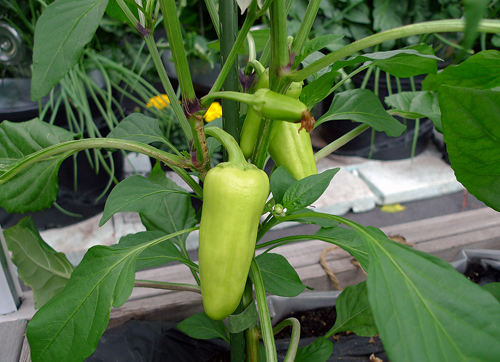
Gardeners also practice soaking in hydrogen peroxide. This drug is outwardly indistinguishable from ordinary water; their formulas are also similar - H2O2 and H2O. The only difference is that the hydrogen peroxide molecule has an extra oxygen atom. Peroxide quickly loses this atom and it acts as an oxidizing agent. Thanks to this, it can disinfect seeds. Also, hydrogen peroxide increases the immunity of plants and stimulates seed germination, enriching them with oxygen. Soak in dilute hydrogen peroxide so that the seeds swell well. Use a 0.4% solution for this. To obtain such a solution, 1 tbsp. a spoonful of 3% hydrogen peroxide should be poured into a glass of water. Processing time is about 12 hours. After the allotted time, the planting material is taken out and sent for germination. When germinating, you can moisten the tissue on which the seeds will be laid out with the same solution of hydrogen peroxide.
Bubbling
Peppers sprout hard. Instead of simply soaking them, it is more beneficial to bubble them. This is the same soaking, only in water that is saturated with oxygen. At home, this procedure is carried out using a compressor from the aquarium. They take a high container, fill it up to half with water, pour the planting material into the container and lower the compressor tube to the bottom of the container. When the compressor is turned on, air bubbles enter the container. The planting material is set in motion, while it is saturated with oxygen and moisture. It is also desirable to use "live" water for bubbling, but epin, zircon and other stimulants cannot be used. The duration of the procedure is the same as with ordinary soaking - 18 hours.
Germination
This is the final stage in the preparation of planting material before sowing. For germination, a piece of natural fabric is taken, folded in several layers, and the wet seeds are laid out on the surface. If you use gauze or napkins instead of cloth, the germinated sprouts get caught between the layers of gauze or penetrate inside the napkin, and they can be broken off. Before this, the fabric should be wetted and wrung out so that it is moist, but at the same time allows air to pass through. From above, the seeds are covered with the same piece of damp cloth and placed in a tray or plastic bag so that the moisture does not evaporate. At rest, the seeds do not need air. But as soon as they start to sprout, they need oxygen. Therefore, either an opening is left immediately in the bag for air intake, or it is opened every day.The germination temperature should be 25-28 degrees. At this temperature, the sprouts will appear as quickly as possible. Unsuitable seeds are discarded, and the sprouted seeds are sent for planting in the ground.


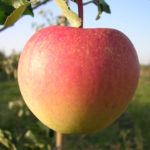
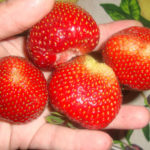

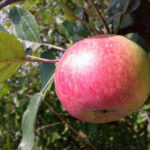



I usually don't pickle the seeds of peppers, since in 10 years of growing sweet and spicy varieties I have not seen them sick with something. But I soak it for several days in a solution of Epin's preparation and potassium nitrate. Epin stimulates seed germination very well. Then I plant it in containers and put on a plastic bag, it turns out a micro-greenhouse. I noticed that the seeds of Habanero and other ultra-hot peppers can germinate within a month. I also noticed that germination is strongly influenced by which seeds you plant. I have been using mine for a long time. It is advisable to collect seeds that are far from the stalk. Their germination rate is almost 100%.